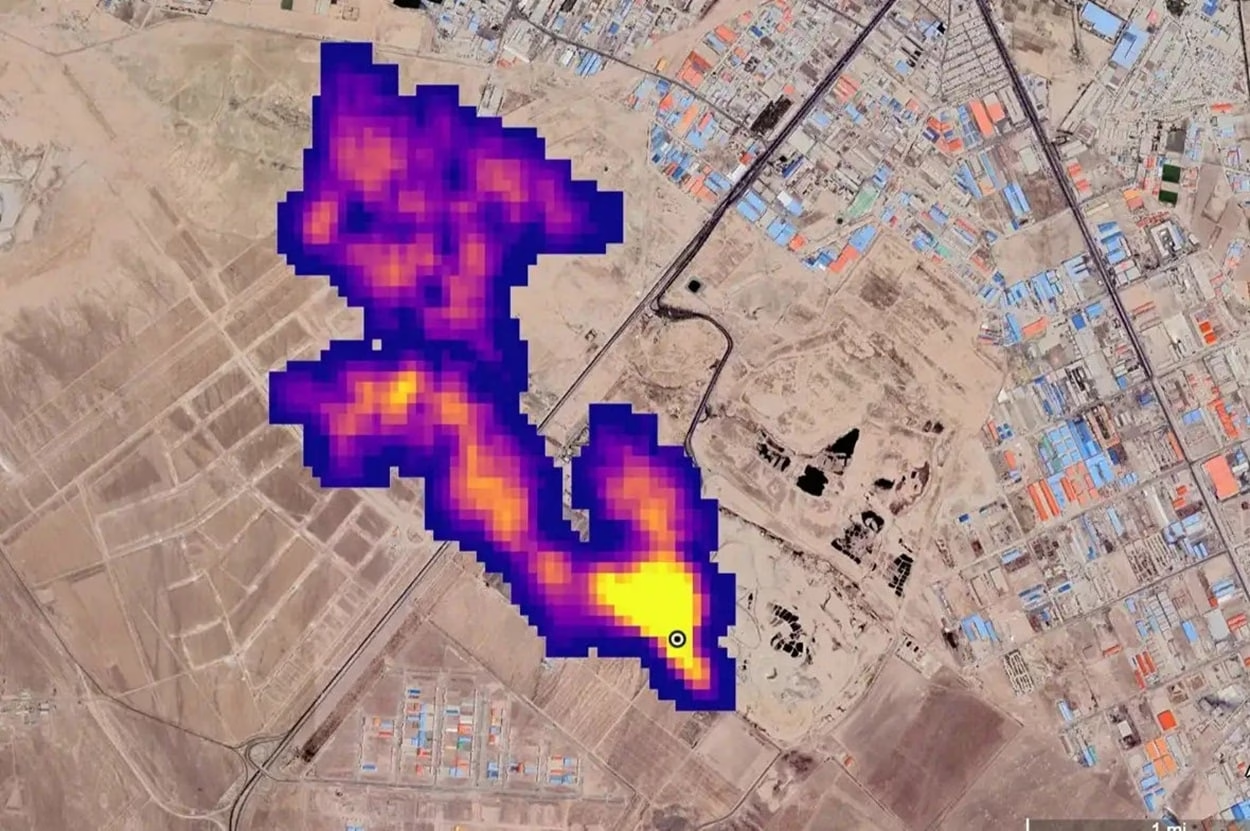Today, there are sufficient technical tools to detect invisible methane emissions from human activities. The contribution of this greenhouse gas to global warming is 25 percent, but its greenhouse effect is almost 30 times greater than that of carbon dioxide. Governments and companies responsible for methane emissions rarely act when warned of major leaks, according to a report published at the COP29 world climate summit.
Methane (CH4) is the second most important greenhouse gas in the Earth’s atmosphere, after carbon dioxide (CO2). It is responsible for more than a third of the warming experienced by humanity today, according to the Intergovernmental Panel on Climate Change (IPCC). The life cycle of methane in the atmosphere is very short; 10-20 years. This means that the effect of reducing emissions will occur almost immediately, rather than after hundreds of years, as in the case of CO2.
According to scientists, almost 60 percent of methane emissions are anthropogenic, meaning they originate from humans and are therefore controlled. The largest sources: oil and gas utilities, coal mines, landfills (decomposition of garbage emits landfill gas, 50 percent of which is methane), agriculture.
There are more and more technical tools that allow the detection of methane leaks. For example, the Methane Warning and Response System (MARS), owned by the UN, has been operating since 2023. This system is a global satellite network that rapidly provides data on major leaks around the world.
In 2023, MARS recorded 1,225 cases of major leaks from oil and gas infrastructure facilities, but in only 15 cases did the government and company take action to address the problem; This is less than one percent of the total. The international team of ecologists described this in their report at the UN climate change COP29 conference, held in Azerbaijan from 11 to 22 November.
The authors of the report explained that there are various explanations for the inaction of companies and authorities. First, perpetrators may not have the technical and financial resources to solve the problem. Second, although emissions from oil and gas infrastructure facilities are the easiest to eliminate, some sources of methane leakage are difficult to address.
There are also positive dynamics. For example, in 2024, the UN issued various warnings to the Algerian government about the source of the methane leak that has been releasing greenhouse gases into the atmosphere since 1999. equivalent to about half a million cars per year. Additionally, at the COP29 summit, representatives of approximately 140 companies announced that they were committed to working to reliably measure and reduce methane emissions.
However, the report’s authors emphasized that the overall picture still looks bleak. This suggests that monitoring has not yet led to a reduction in methane emissions. The main problem is that it is often difficult to identify the owner of a leaking pipeline or well from satellite data alone, making it difficult to find the culprit.
Methane is one of the main issues to be discussed at the COP29 meeting in Baku. According to experts, this greenhouse gas is a strong factor in climate change, so some countries are developing measures to reduce the concentration of methane in the atmosphere. The European Union, for example, plans to reduce methane emissions by 30 percent by 2030, and at the climate meeting the United States and China announced the development of a number of measures to combat emissions. In particular, the United States has a methane tax for oil and gas companies. However, many experts believe that this fee will be canceled when Donald Trump comes to power.
Source: Port Altele
